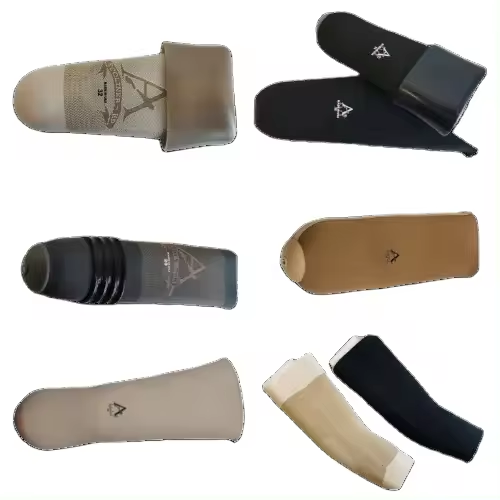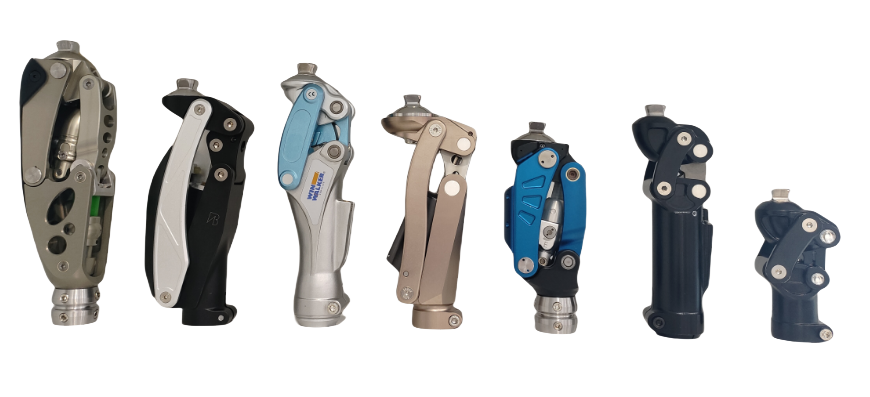Understanding Prosthetic Leg Joints: A Comprehensive Guide for Healthcare Professionals
Release Time:
Oct 19,2025
Prosthetic leg joints are essential components of lower limb prosthetics, playing a pivotal role in restoring mobility and enhancing the quality of life for individuals with limb loss. These joints are designed to mimic the natural movement of the human knee and ankle, providing flexibility, stability, and support. Understanding the different types of prosthetic leg joints and their functionalitie
Prosthetic leg joints are essential components of lower limb prosthetics, playing a pivotal role in restoring mobility and enhancing the quality of life for individuals with limb loss. These joints are designed to mimic the natural movement of the human knee and ankle, providing flexibility, stability, and support. Understanding the different types of prosthetic leg joints and their functionalities is crucial for healthcare providers involved in rehabilitation.
There are primarily two categories of prosthetic leg joints: mechanical and microprocessor-controlled. Mechanical joints, which are often more simplistic in design, rely on springs and hinges to create movement. They tend to be lighter and more cost-effective, making them a popular choice for many users. However, they may not offer the same level of adaptability as microprocessor-controlled joints.
Microprocessor-controlled prosthetic joints represent a significant advancement in prosthetic technology. These joints use sensors and processors to adjust to various movements and terrains in real-time, providing a more natural gait. This technology allows for smoother transitions between walking, running, and navigating inclines or declines. Although they are typically more expensive, the benefits they offer in terms of comfort and functionality can greatly enhance the user experience.
Another crucial aspect to consider is the importance of proper alignment and fitting of prosthetic leg joints. An experienced prosthetist should ensure that the joints are correctly aligned with the residual limb to optimize functionality and comfort. Regular follow-ups are also necessary to make adjustments as the patient's needs change over time.
The materials used in prosthetic leg joints are also evolving. Innovations in lightweight and durable materials, such as carbon fiber and advanced plastics, have made modern prosthetic legs more user-friendly. These materials not only reduce the overall weight of the prosthesis but also enhance durability, enabling users to engage in a wider range of activities.
In summary, prosthetic leg joints are a crucial component in the rehabilitation of individuals with lower limb amputations. With advancements in technology and materials, healthcare professionals are better equipped to provide tailored solutions that meet the unique needs of their patients. By understanding the various types and functionalities of prosthetic leg joints, practitioners can significantly impact the rehabilitation process, ultimately leading to better patient outcomes and improved quality of life.
Keywords:
You Can Also Learn More About Industry Trends







